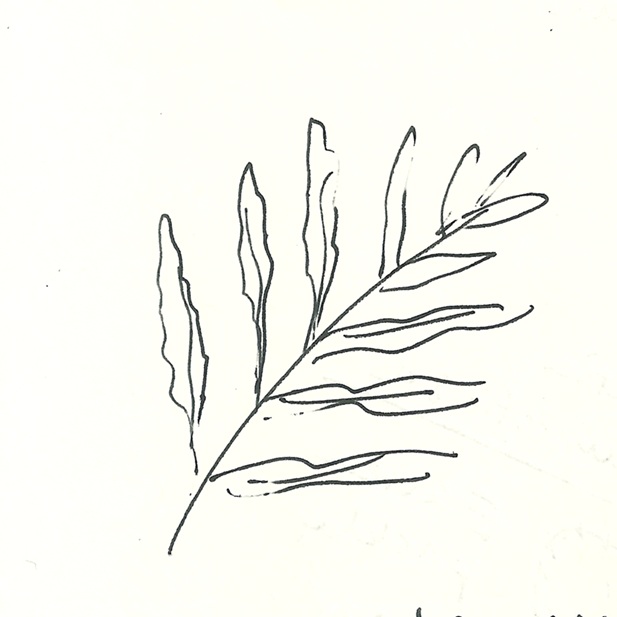
what is horticultural therapy?
A reciprocal relationship between people and plants…
Horticultural Therapy is the use of nature, plants, and the growing environment to help individuals achieve specific and documented treatment goals (which can be physical, cognitive, emotional and spiritual). Gardening, growing herbs from seed, or participating in a guided outdoor excursion are just a few activities that horticultural therapists might use to help someone learn new vocational skills, build mindfulness, or gain independence after a traumatic injury.
benefits of horticultural therapy
Mind
Reduces stress & anxiety
Enhances the understanding of abstract concepts including time, growth, change & death
Stimulates curiosity & questioning
Provides the opportunity to satisfy our patients’ need to nurture and care for other living things
Provides the opportunity for creativity & self-expression
Allows participant to practice delayed gratification and to practice “patience”
Provides opportunity to feel the accomplishment that comes with goal achieved
Body
Distracts from pain
Increases sensory awareness (visual, hearing, tactile, taste, smell)
Exercises fine motor skills (ie. increases dexterity of fingers)
Exercises gross motor skills (ie. range of motion of shoulders, arms, wrists and hands)
Provides moderate exercise, which helps to increase coordination, strength, stamina, and endurance
Lends itself to outdoor activity allowing participants to benefit from fresh air & sunshine
Spirit
Increases confidence and self-esteem
Sense of purpose
Instills a sense of hope
Lifts spirits of those who have lost a sense of purpose
or hope through the isolation that comes with retirement,
bereavement, or chronic illness
Helps to develop a sense of responsibility to those around us
and to our environment

the bookshelf
Research & Studies
Can a window view of nature speed up the healing time for hospital patients? Can time spent in nature reduce the physiological effects of stress? From hospitals, to prisons, to elder care homes, there is growing proof that no matter the type of place or population, nature is therapeutic.
Gardening & Landscape Design
The land provides us with many things – food, beauty, a place of refuge. From these authors I’ve learned how landscapes and gardens can reflect something personal, and the landscapes that are shaped to be truly memorable have been those that provide a feeling of place and mystery, and integrate all of the senses.
Health & Wellbeing
Ah, the human body. Sometimes it feels our bodies betray us, that wellbeing is illusive, and health a disconnected concept of charts and test results. Thankfully, these books have made me feel less alone, and more curious about the workings of the human body. Health, not taken for granted.
the scrapbook
Sometimes I write about this stuff, like why I’m so fond of meadows, or how a little mindfulness can go a long way, no matter where you are.
Horticultural Therapy: Finding Ground in Nature









